Jason Francisco / View of the Old Venetian Harbor, Chania, Crete, 2023. Yiali Tzami, the Mosque of the Sea, is at center.
Top: Bahaettin Rahmi Bediz (1875-1951) / Old Venetian Harbor of Chania (postcard), early 20th century, Courtesy Mert Rüstem.
Bottom: Photographer unknown / Cretan Muslims in Chania, early 20th century. Courtesy Manolis Manousakas.
Jason Francisco / In the home of Ayla Eşmeler, Ayvalik, Turkey, 2023
Jason Francisco / View of the harbor at Çeşmealti, Turkey, near Izmir, 2023.
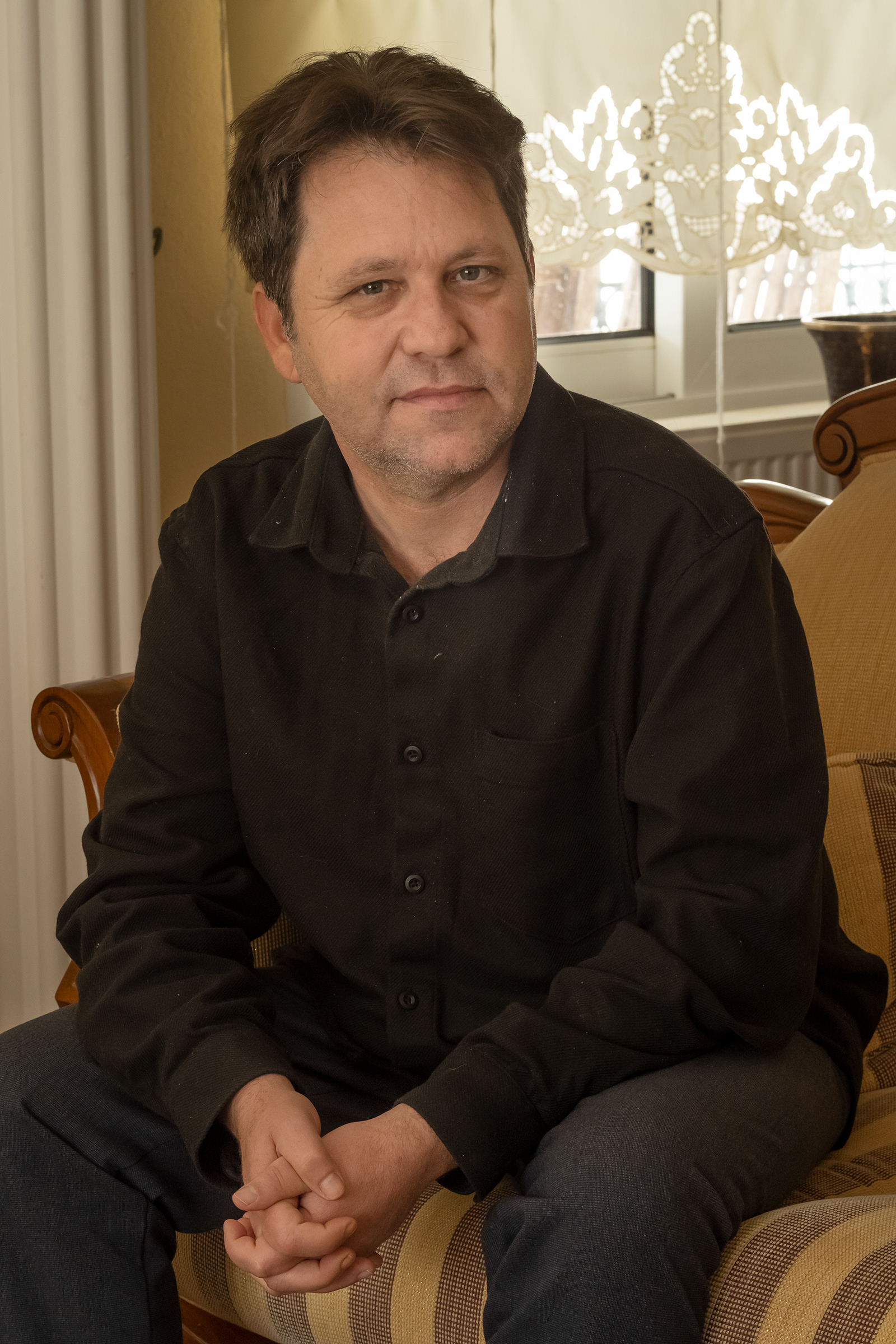
Jason Francisco / Yunus Çengel, Davutlar, Turkey, 2023
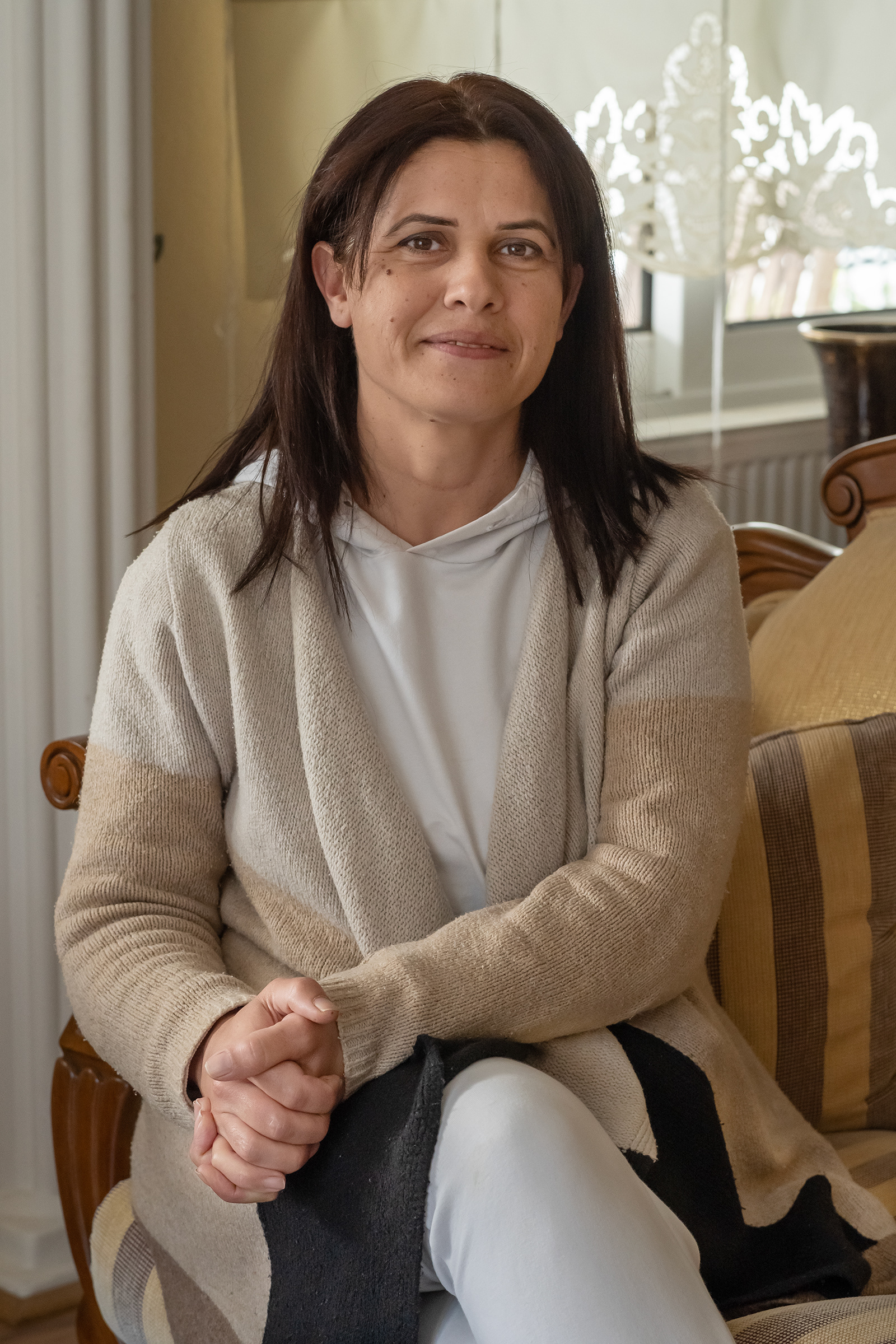
Jason Francisco / Sinem Çengel, Davutlar, Turkey, 2023
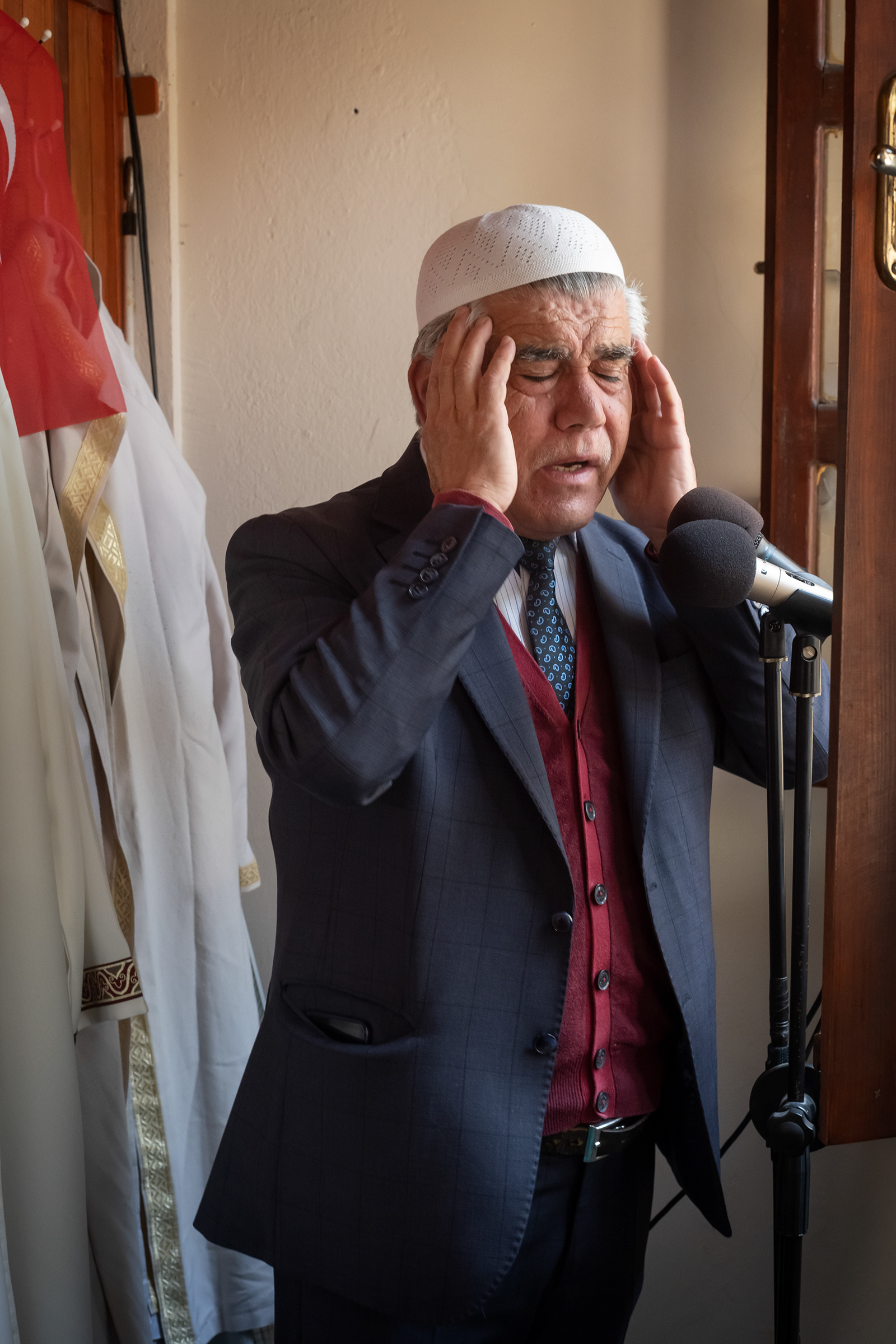
Jason Francisco / Muezzin Mustafa Dursun Gezer, Kuşadası, Turkey, 2023
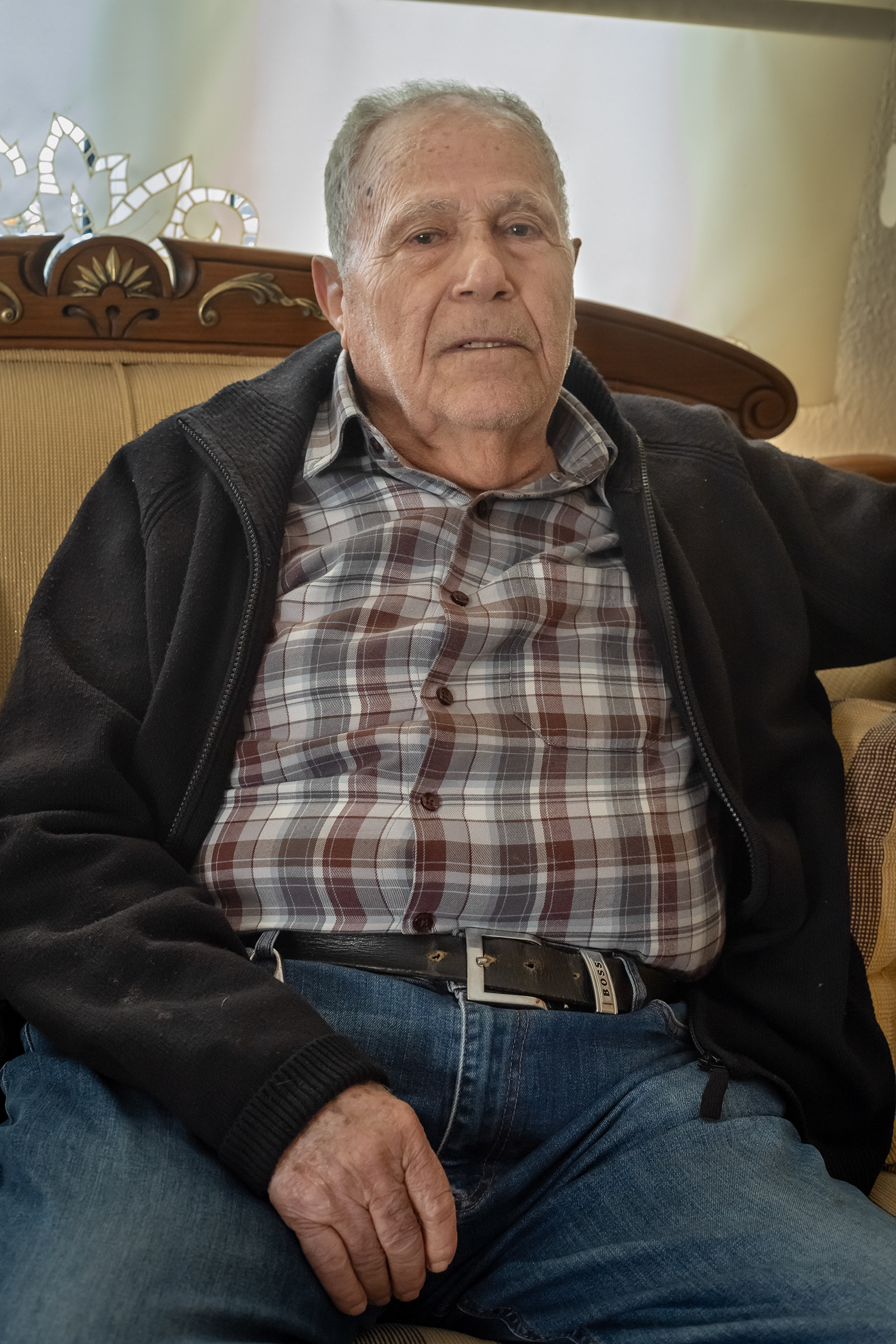
Jason Francisco / Mavro Hüseyin, Davutlar, Turkey, 2023
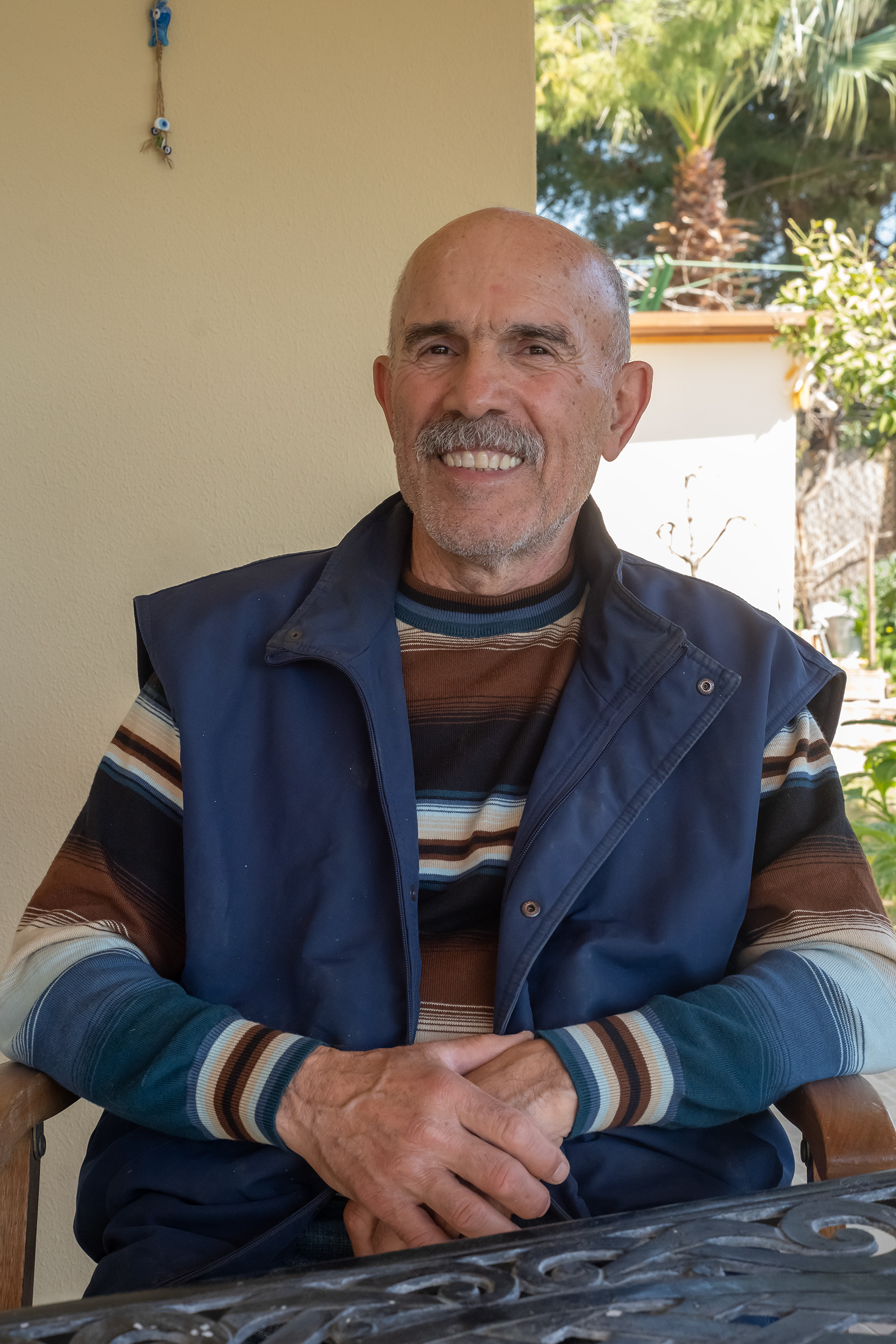
Jsaon Francisco / Hüseyin Özdoğan, Çeşmealtı, Turkey, 2023
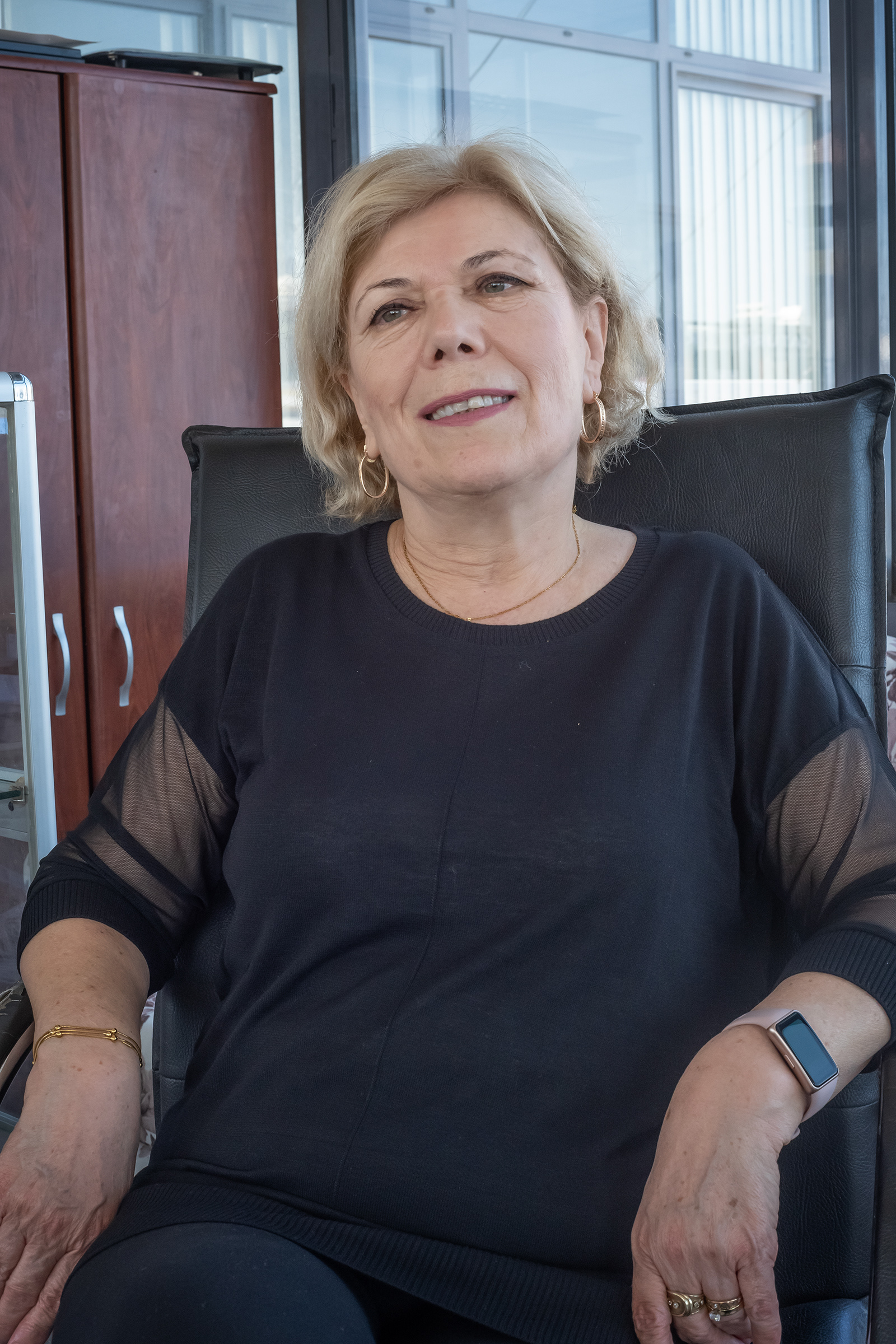
Jason Francisco / Ruhsar Karakuş Ayışığı, Izmir, Turkey, 2023
Jason Francisco / Adnan Kavur, Izmir, Turkey, 2023
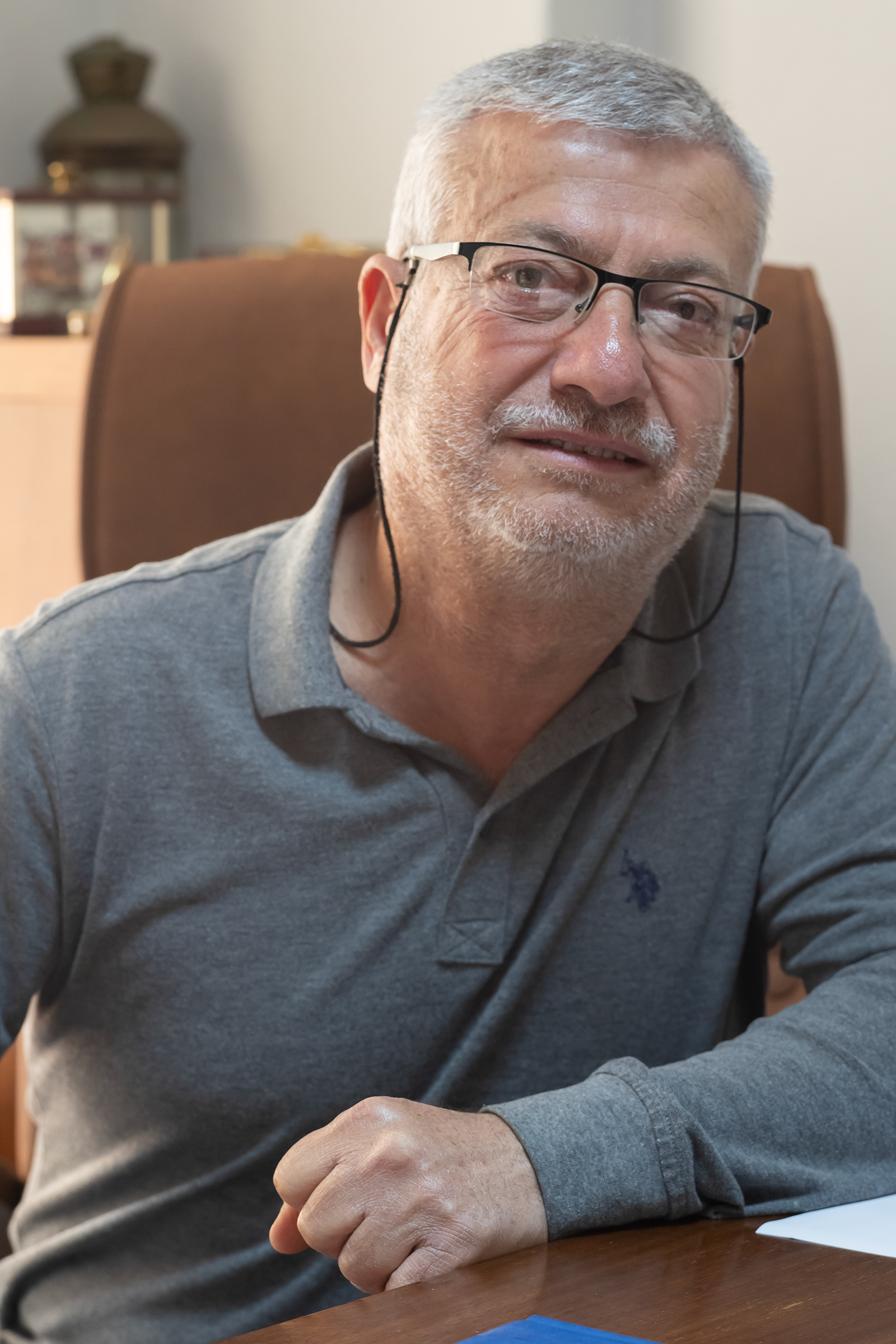
Jason Francisco / Bayram Balik, Ayvalik, Turkey, 2023
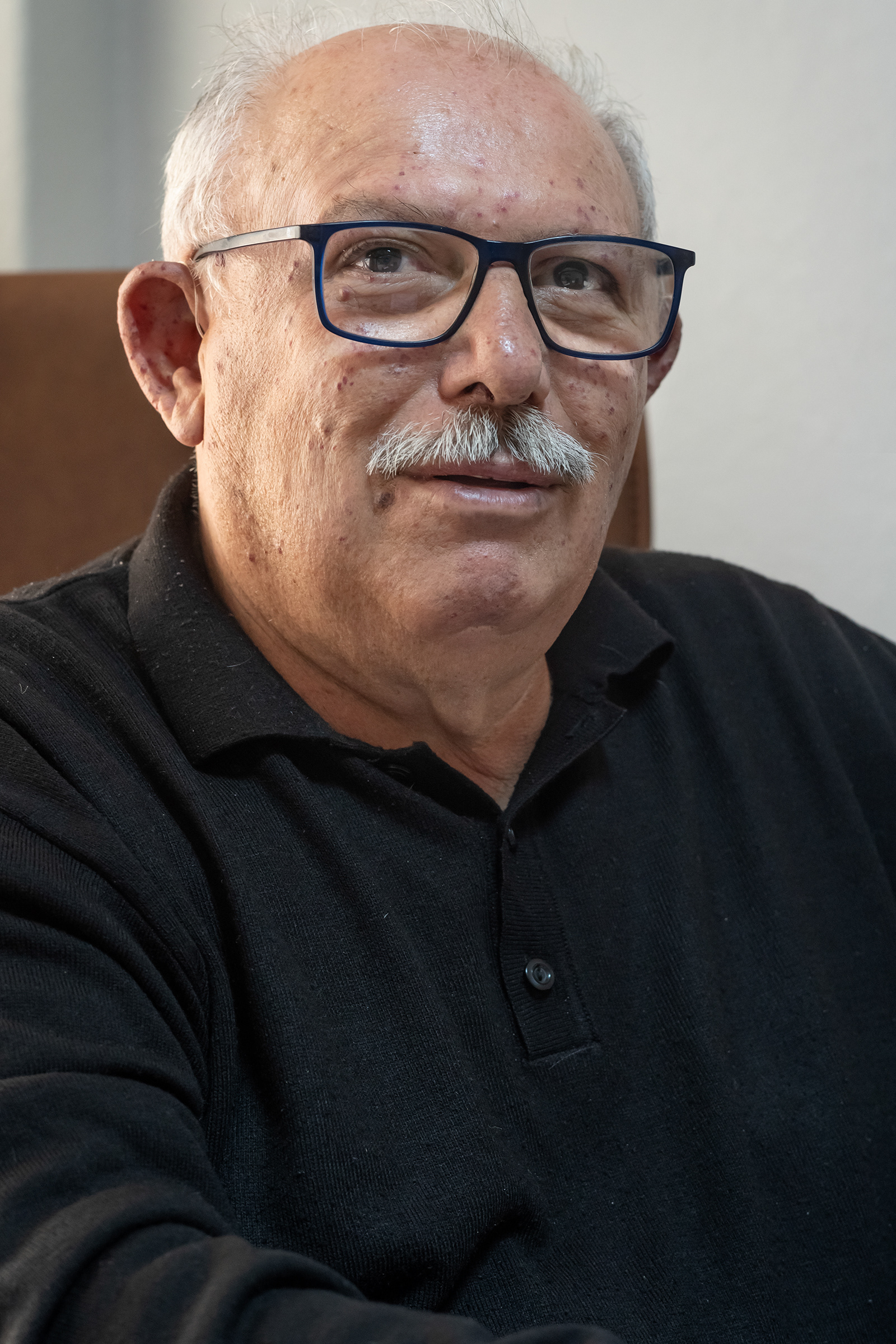
Jason Francisco / Eşref Jale, Ayvalik, Turkey, 2023
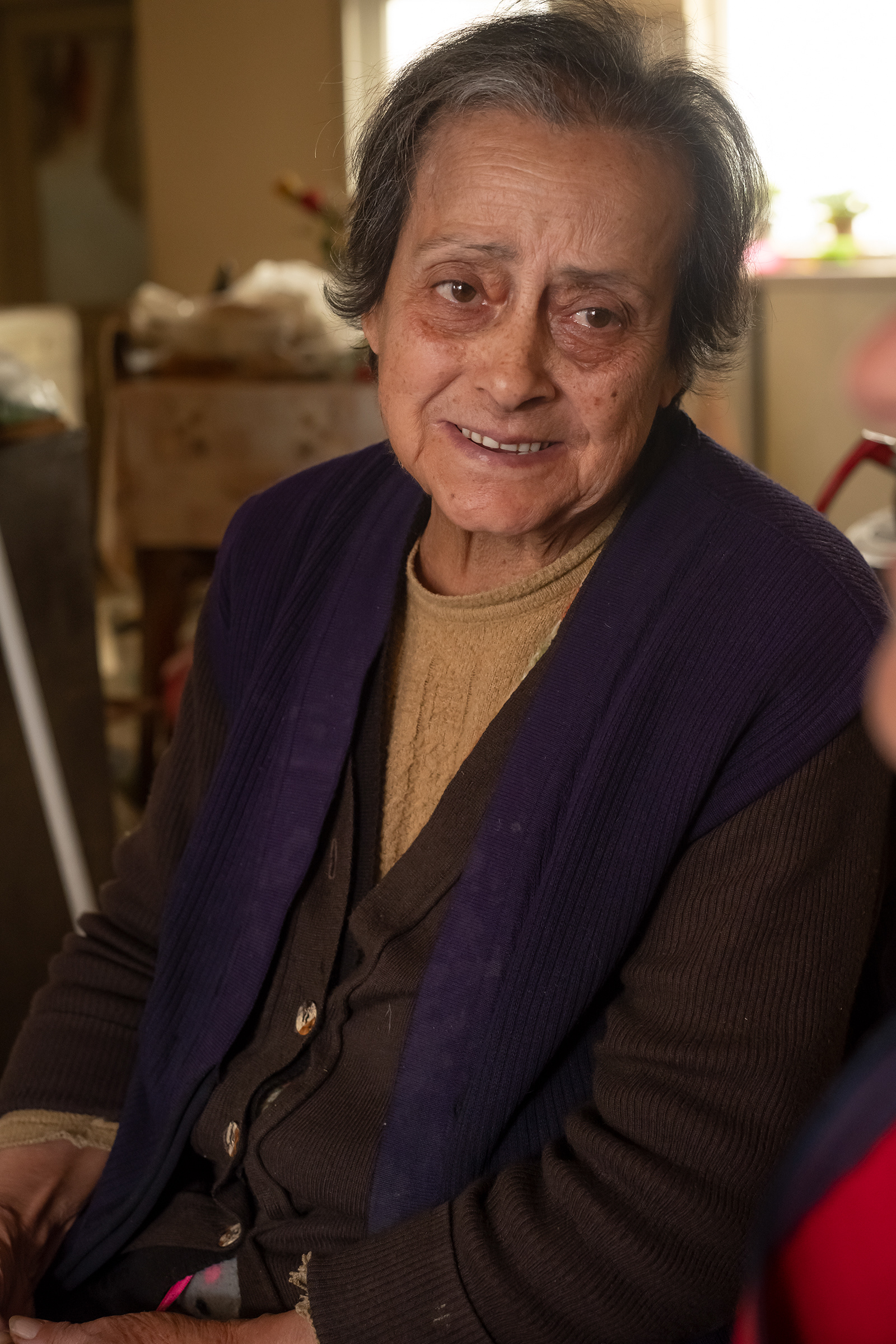
Jason Francisco / Ayla Eşmeler, Ayvalik, Turkey, 2023
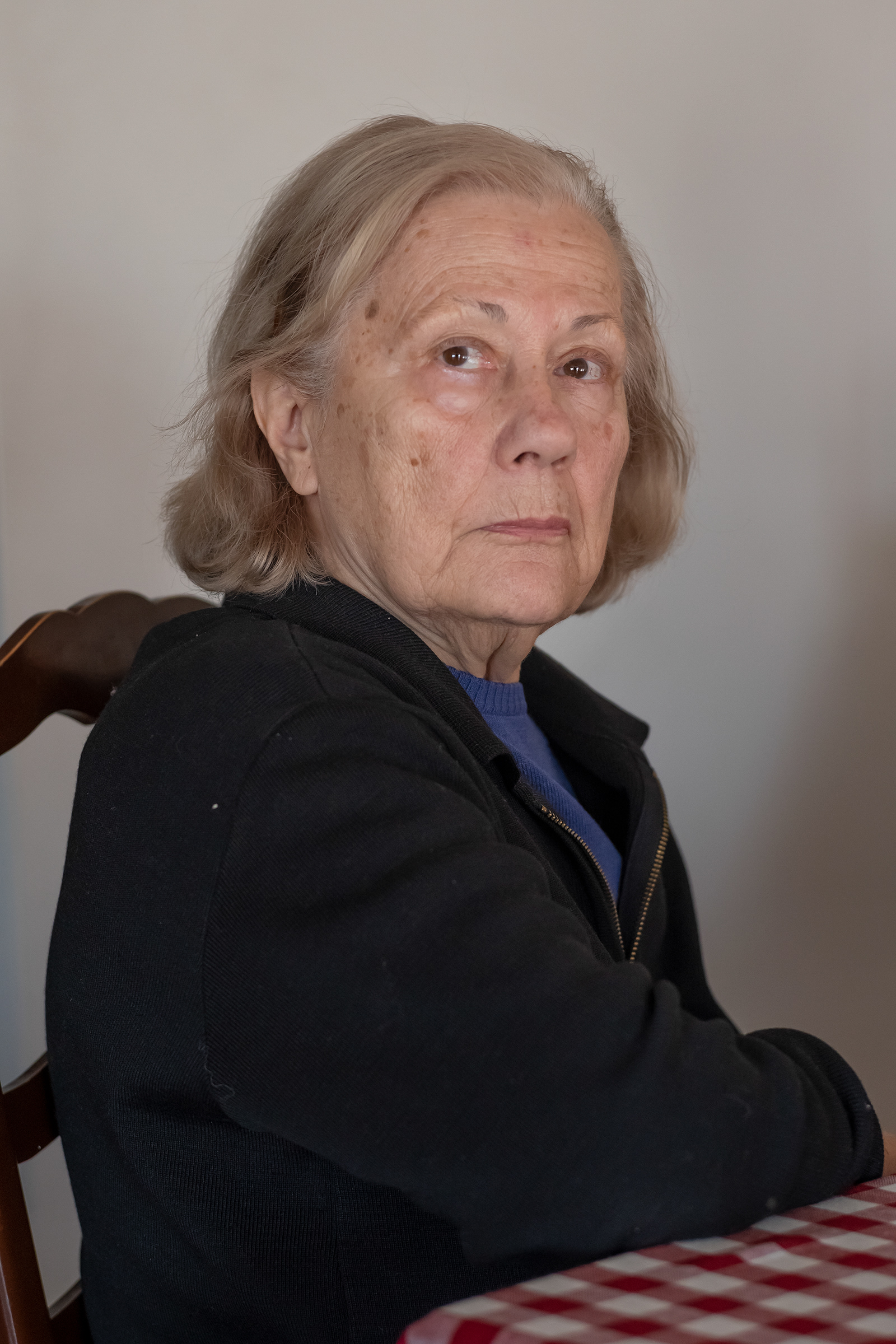
Jason Francisco / Mine Kösemen, Izmir, Turkey, 2023
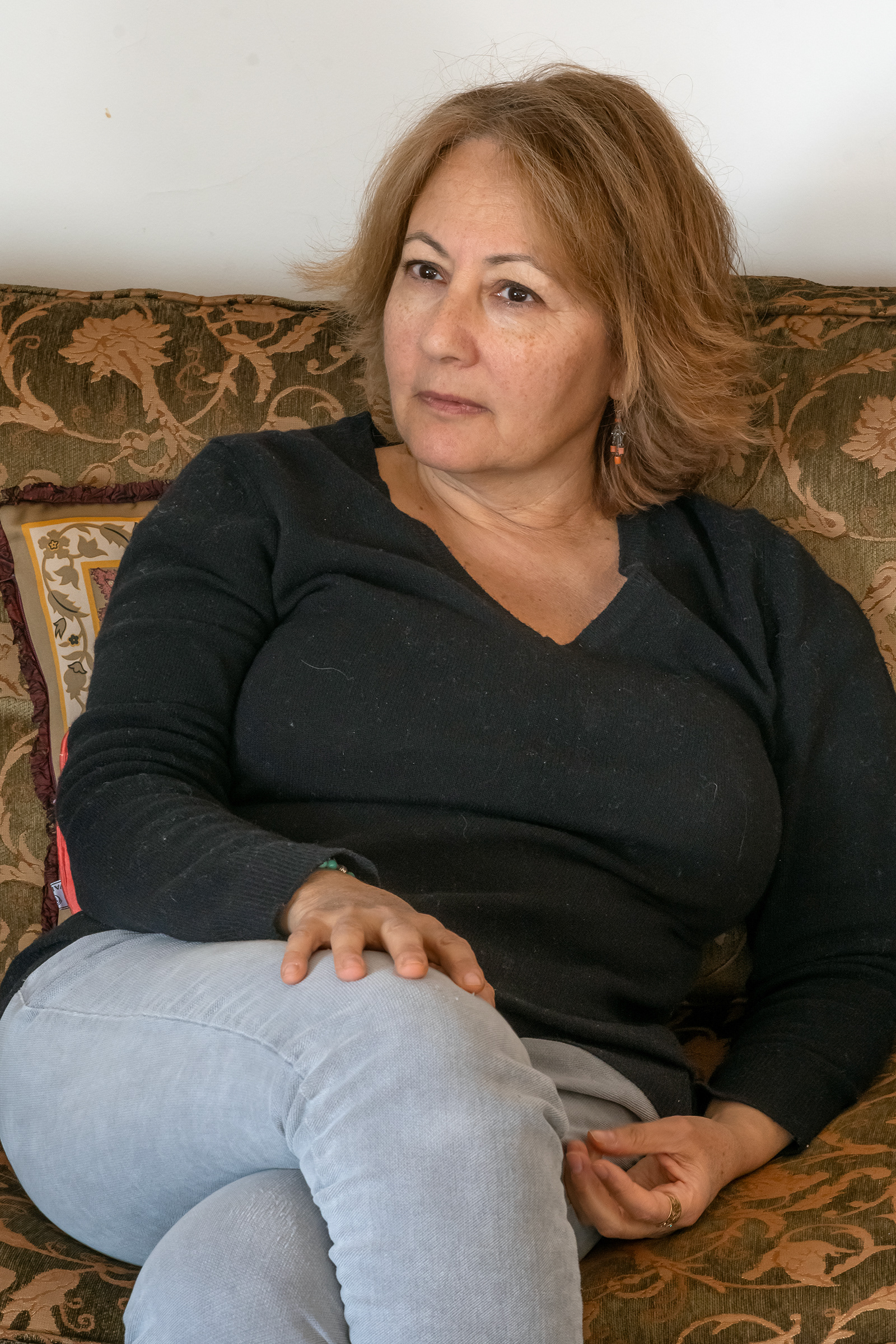
Jason Francisco / Şebnem Kösemen, Izmir, Turkey, 2023
From today’s perspective, the ethnic cleansing of the Population Exchange presents the same kind of humanitarian crisis that the Partition of India was in 1947, and the Yugoslav wars were in the 1990s. Indeed, the 1923 Greek-Turkish Population Exchange was, in historical perspective, the dry run for those disasters. The year 1923 gives us an ur-example of the social pathology characteristic of puritanical nationalisms, which see social homogeneity as a desirable response to the challenges of inter-communal societies.
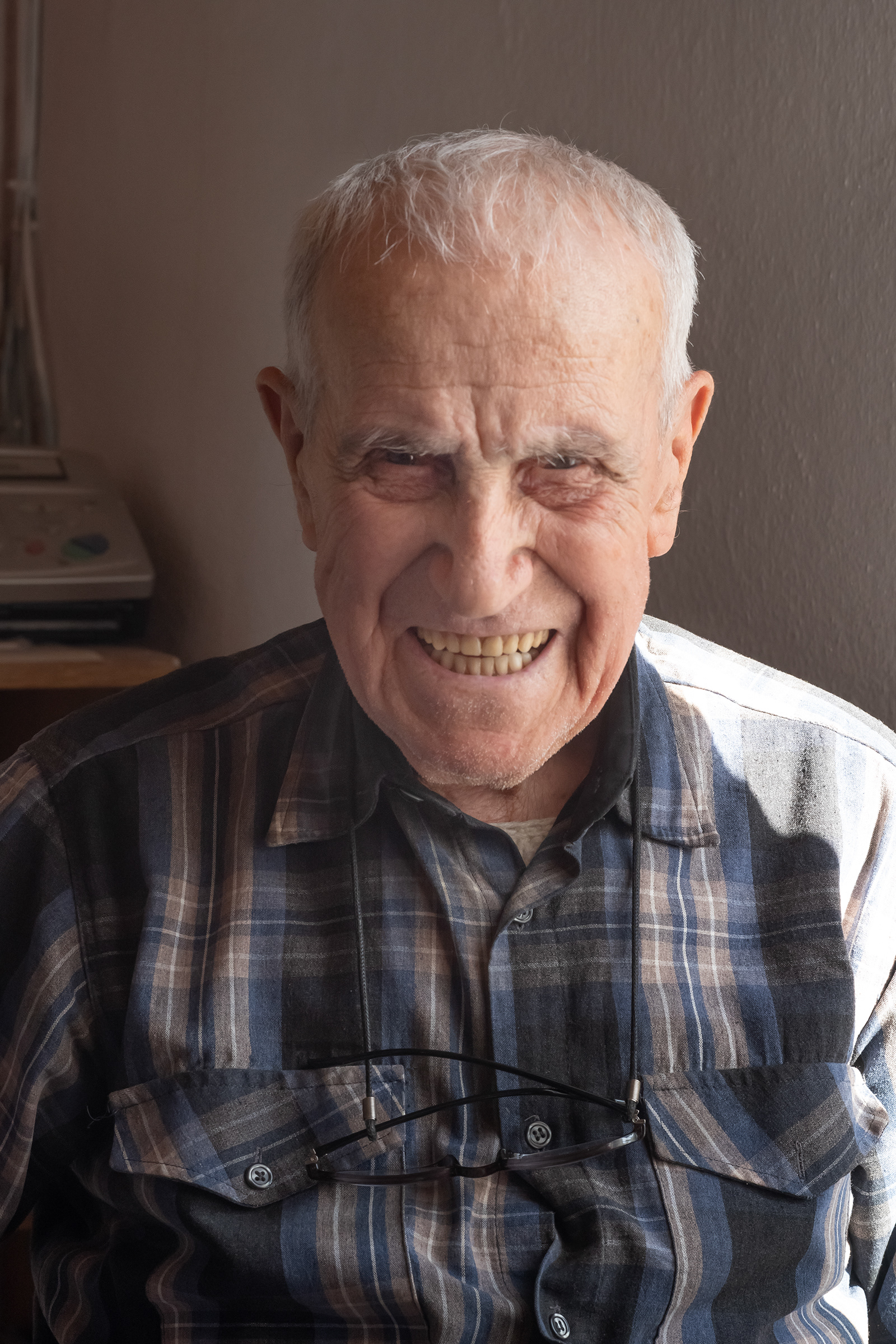
Jason Francisco / Hüseyin Öztürk, Ayvalik, Turkey 2023
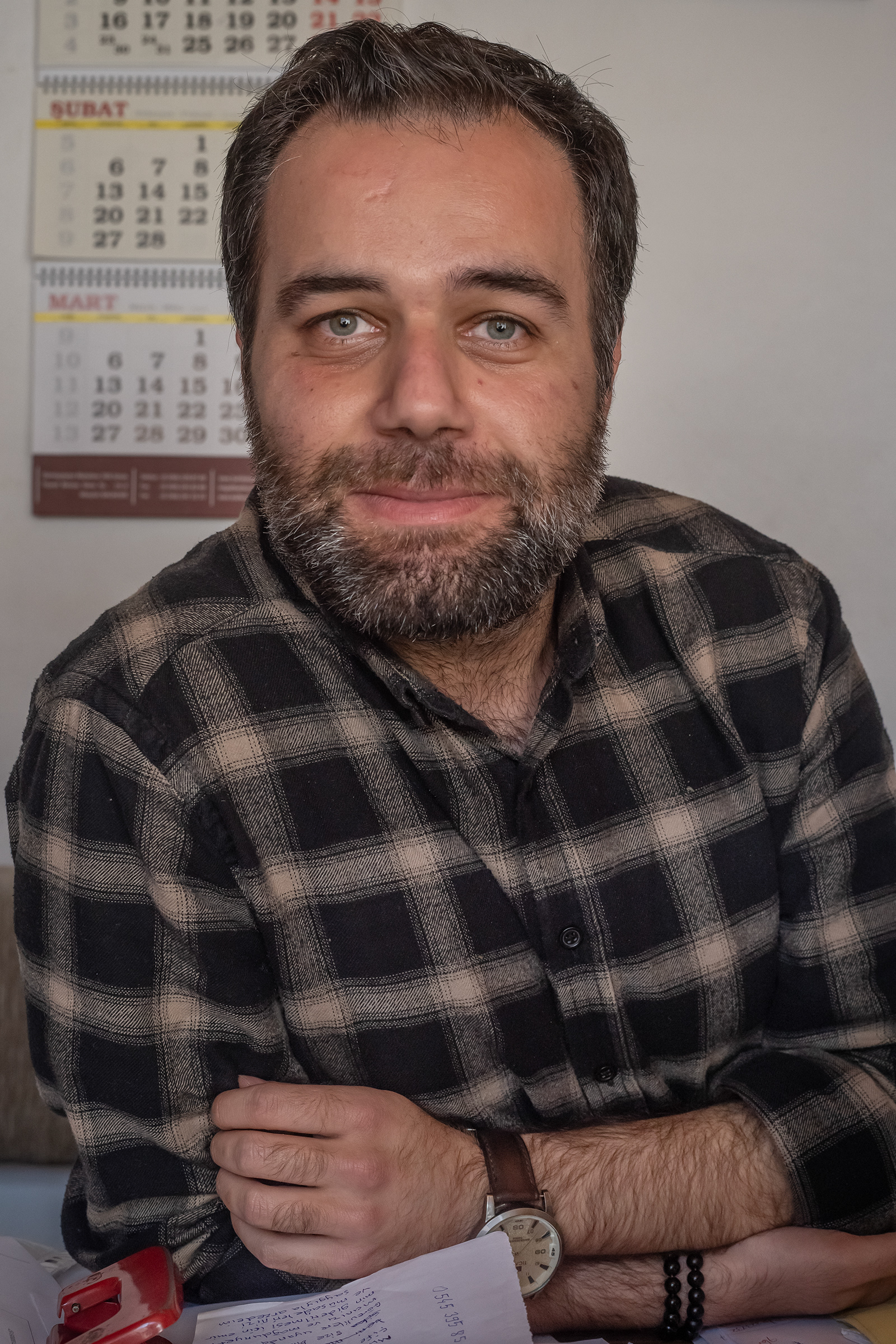
Jason Francisco / Hakan Karakova, Ayvalik, Turkey, 2023
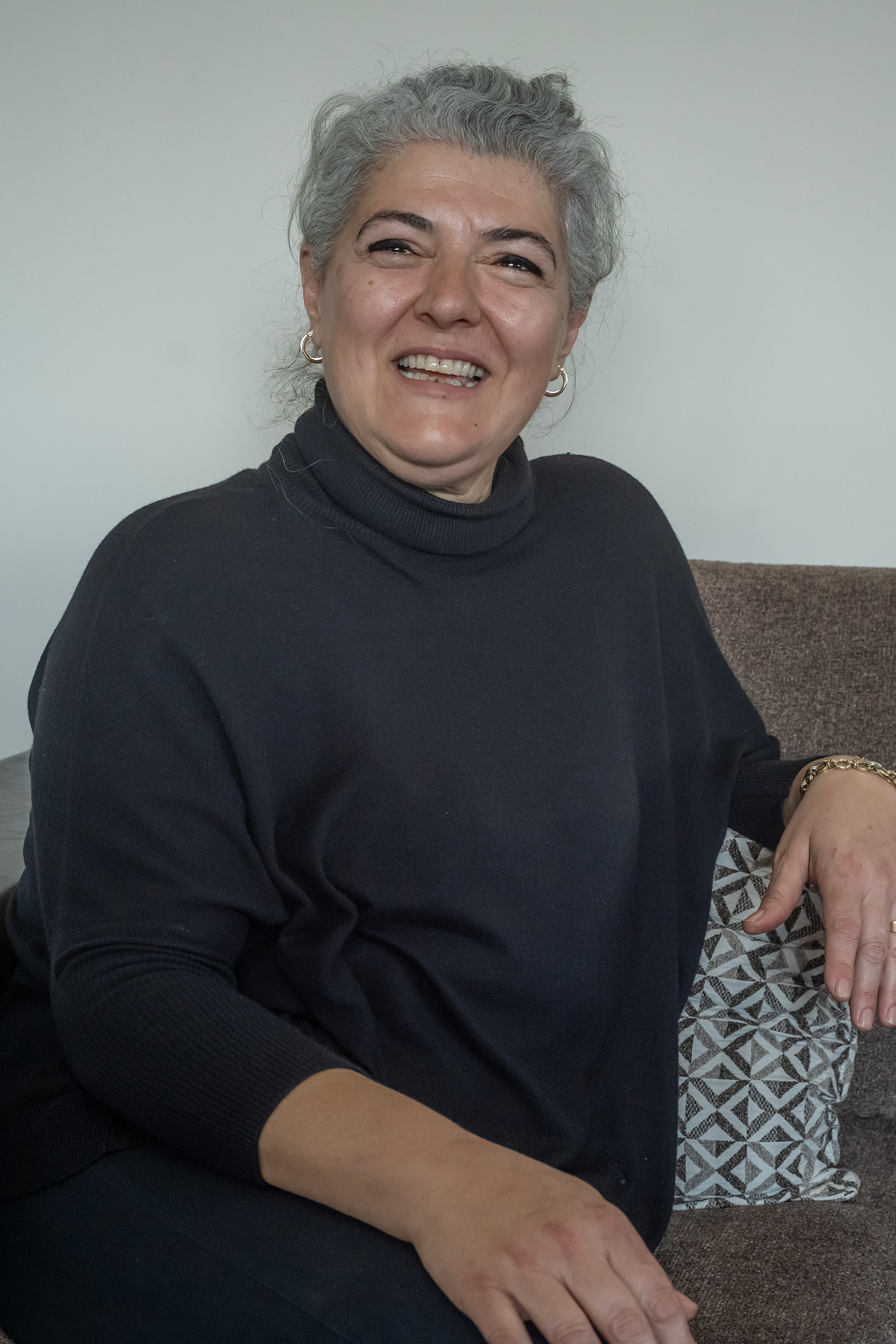
Jason Francisco / Neval Akkaya Tuntaş, Urla, Turkey, 2023
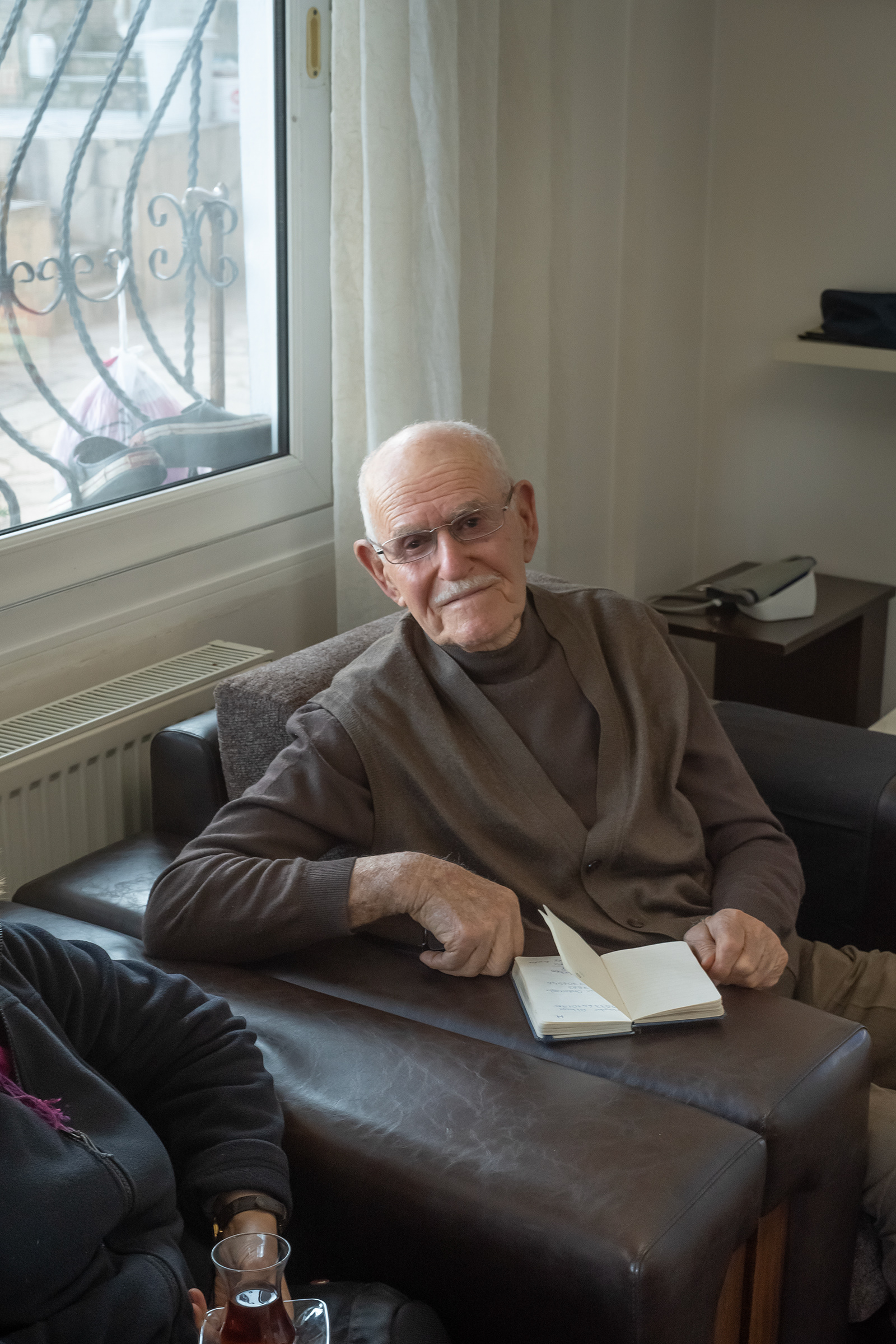
Jason Francisco / İbrahim Akkaya, Urla, Turkey, 2023
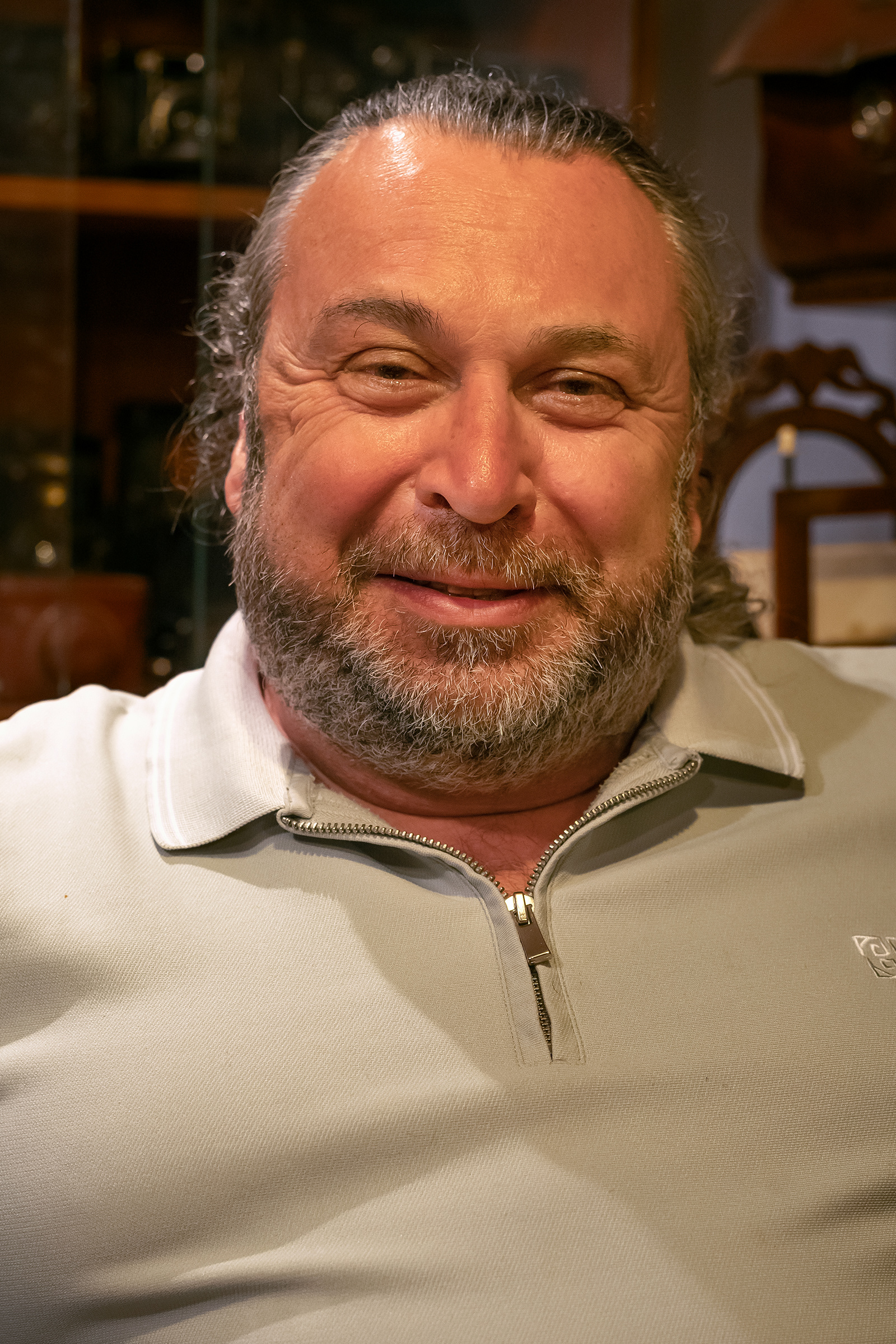
Jason Francisco / Mert Rüstem, Izmir, Turkey, 2023
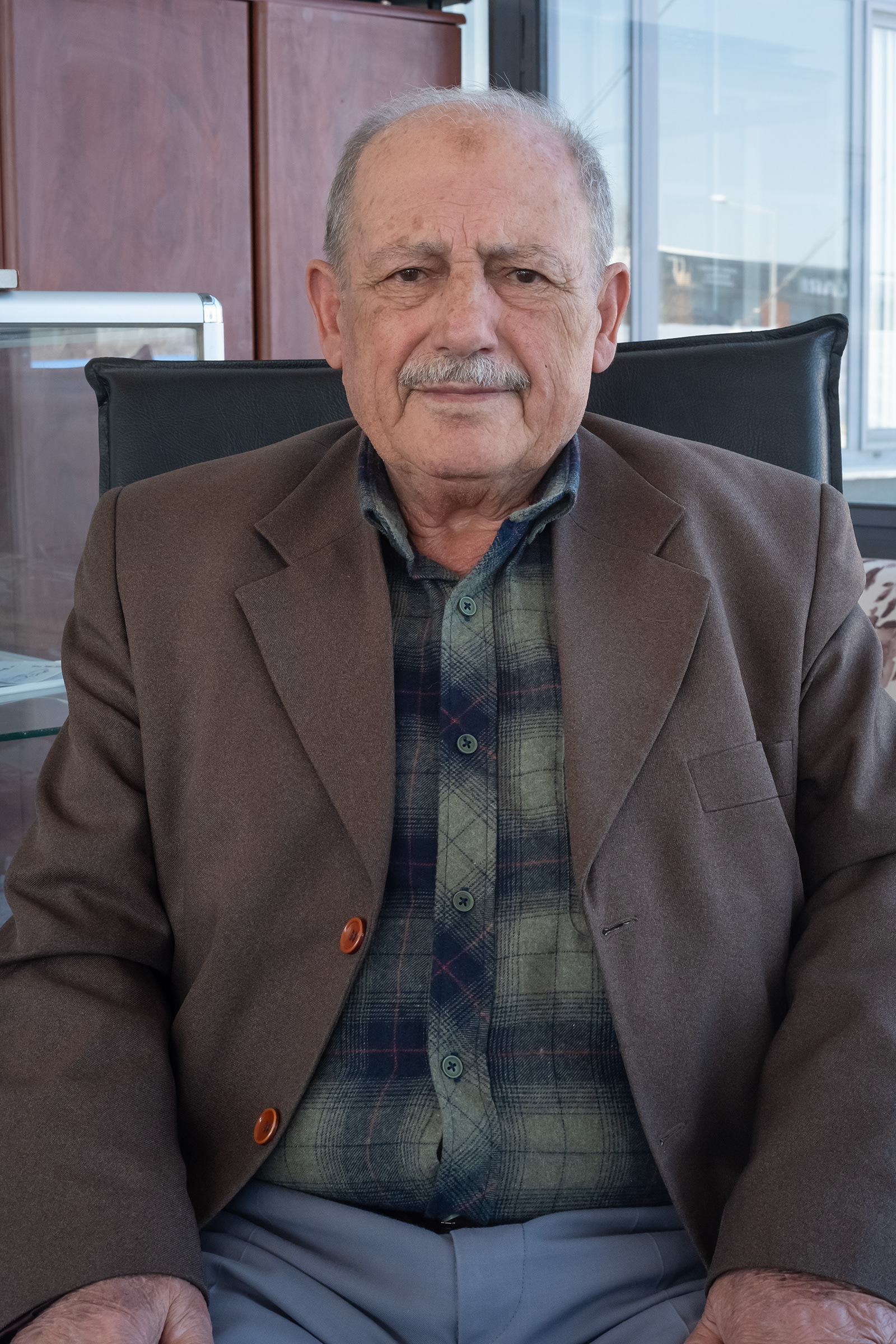
Jason Francisco / Mustafa Duğral, Izmir, Turkey, 2023
Jason Francisco / Neyyir Berktay, Çeşmealtı, Turkey, 2023
The Ezan—the Muslim call to prayer—as sung by Mustafa Dursun Gezer in Kuşadası, Turkey, 2023. Gezer serves one of several large communities of Muslims of Cretan descent in western Turkey. This is the recording I made for the experimental sound installation at the Yiali Tzami in Chania, Crete.
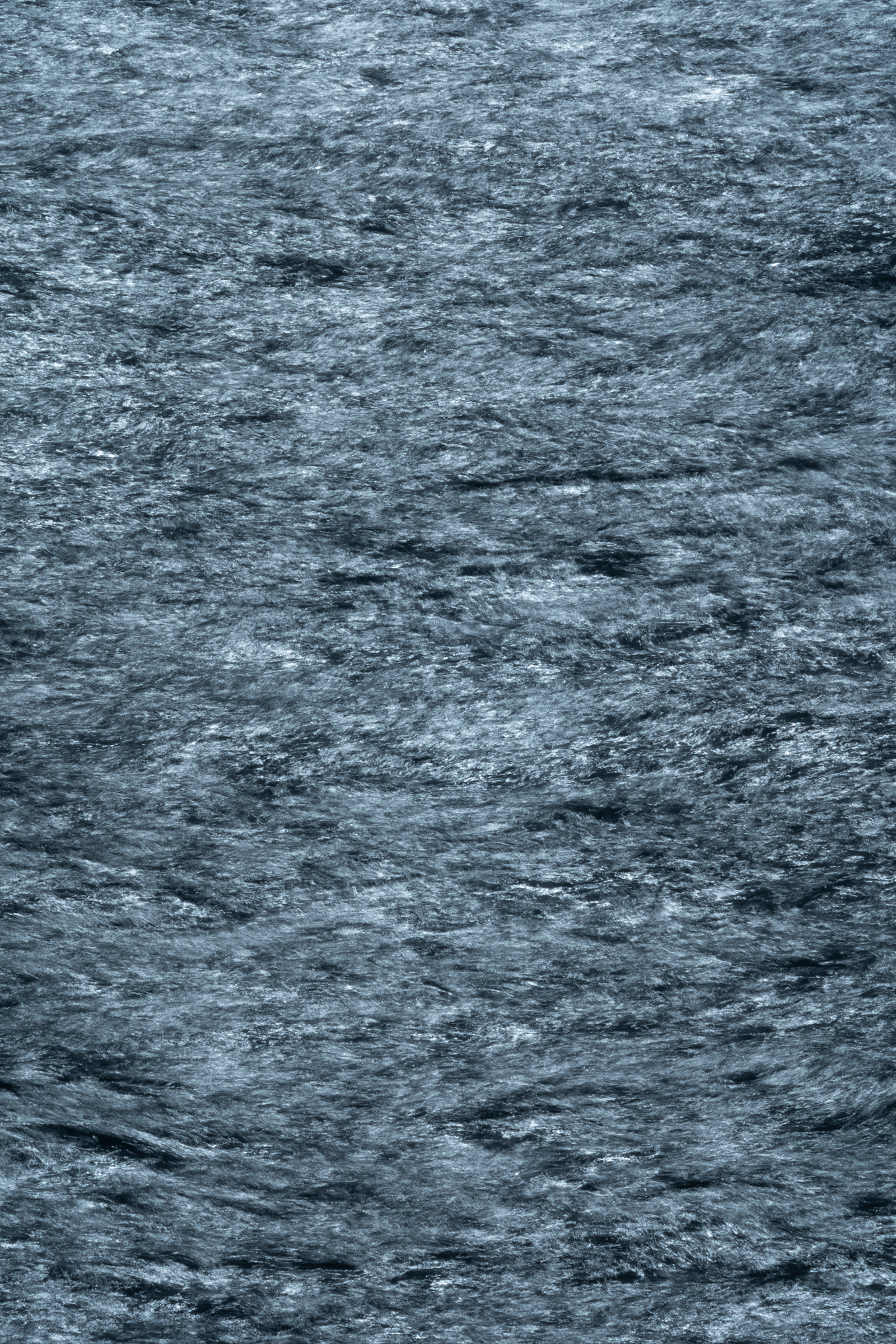
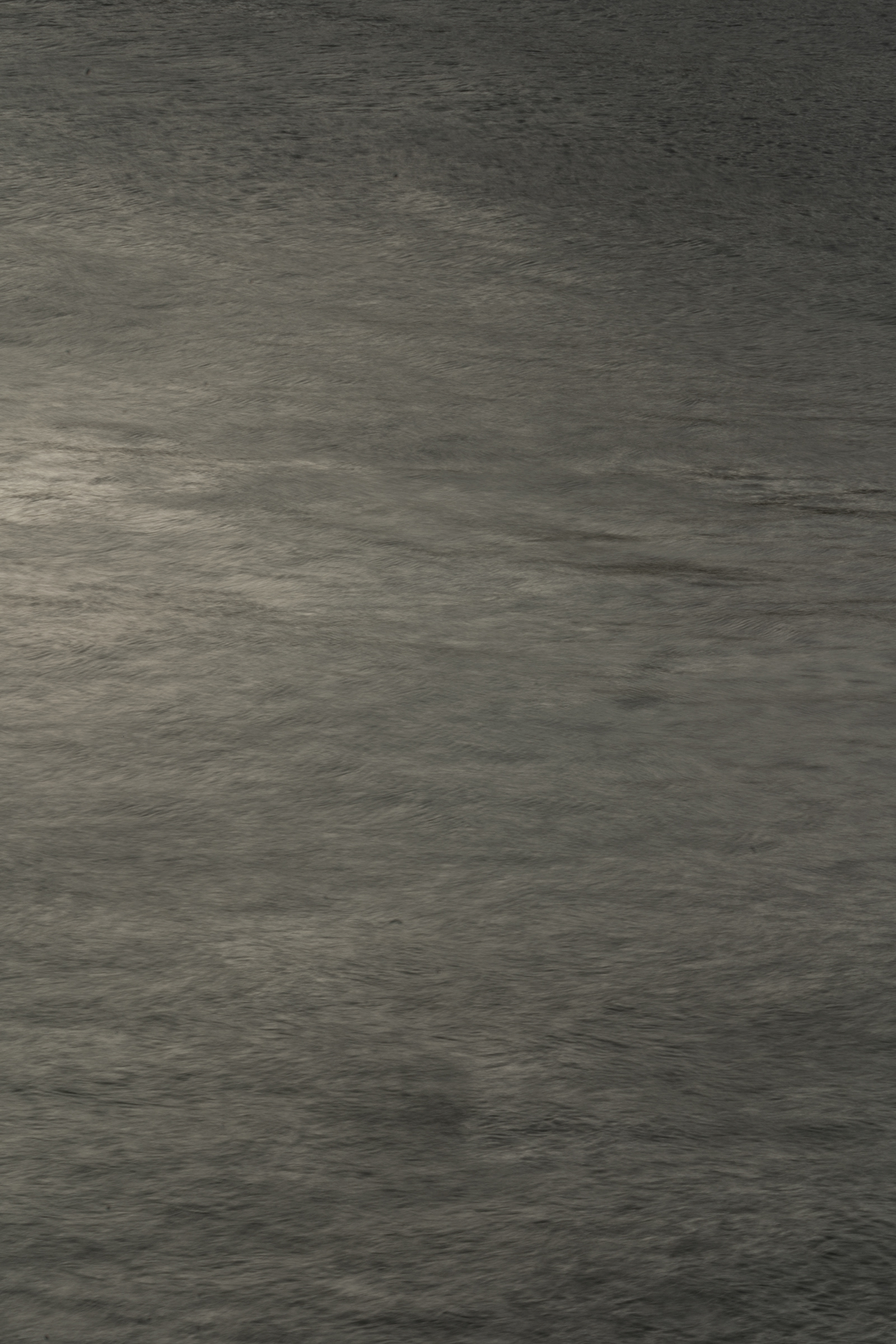
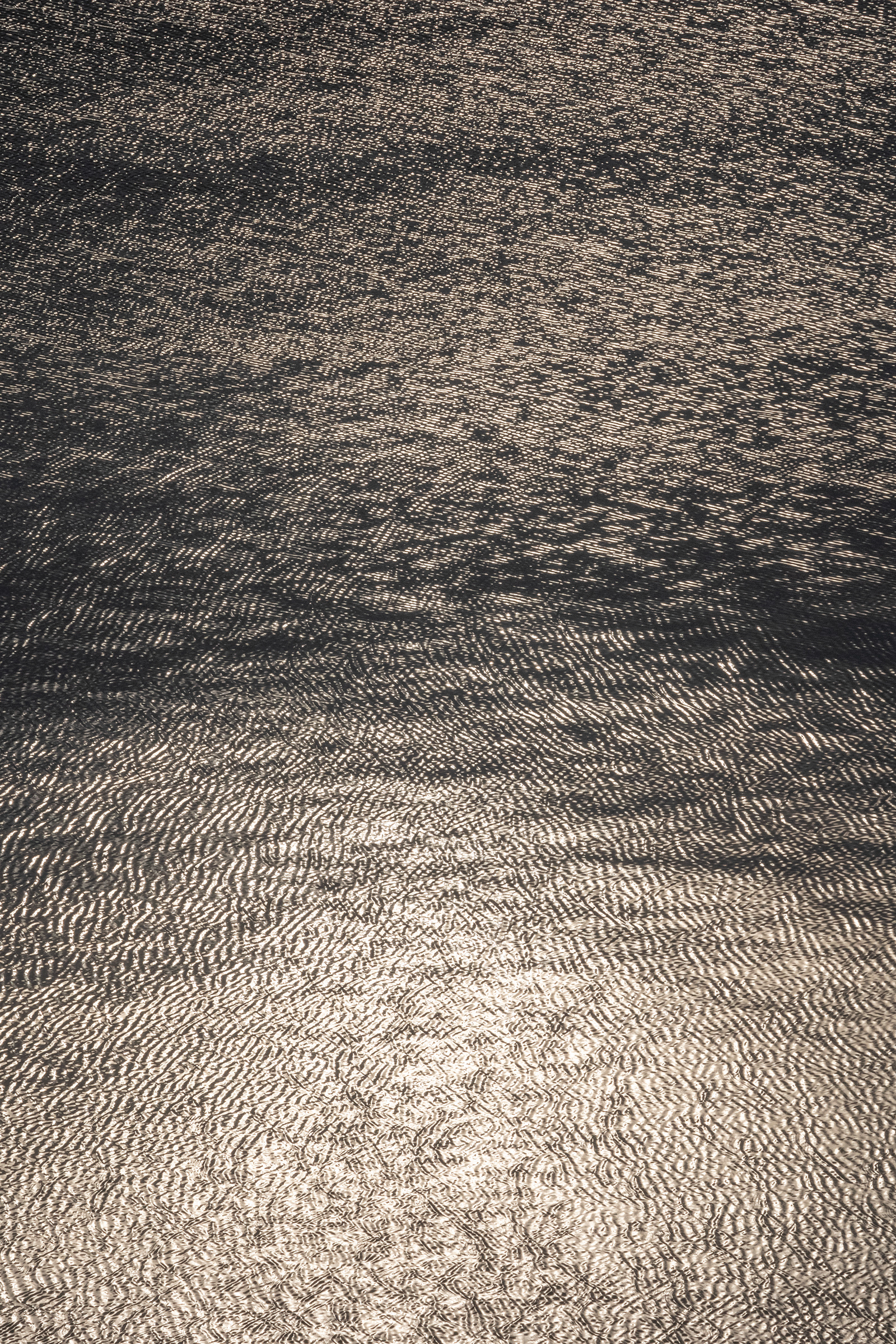
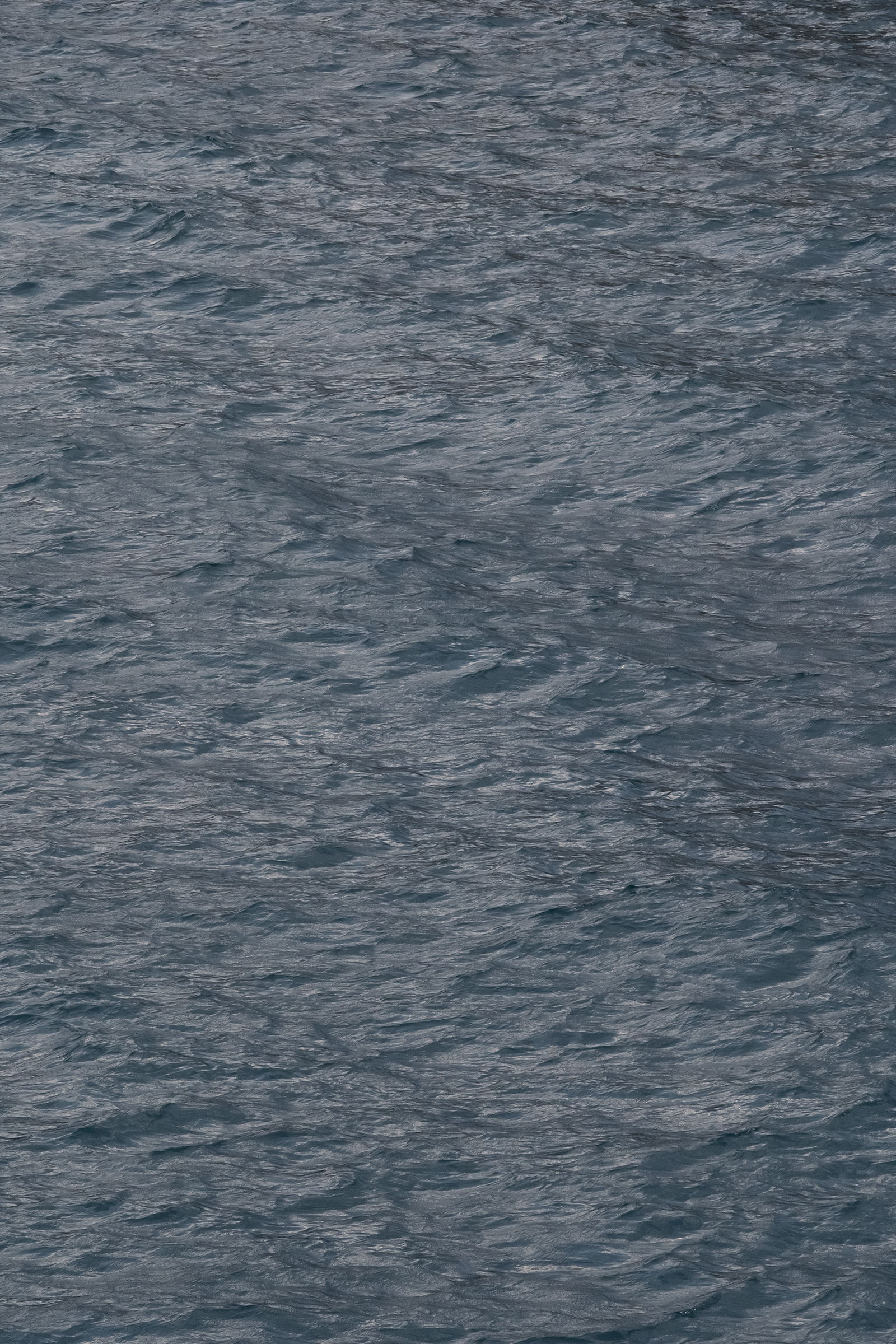
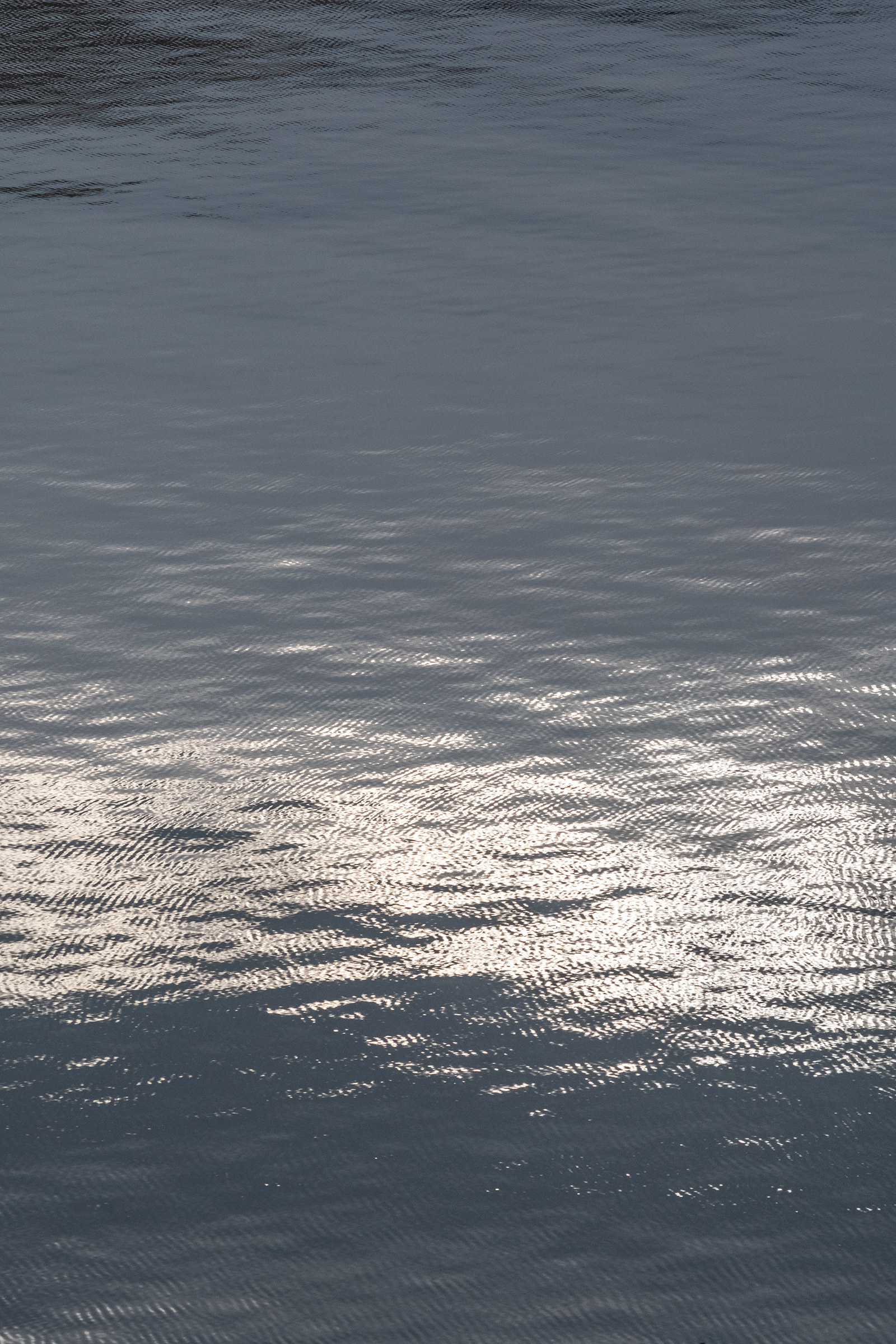
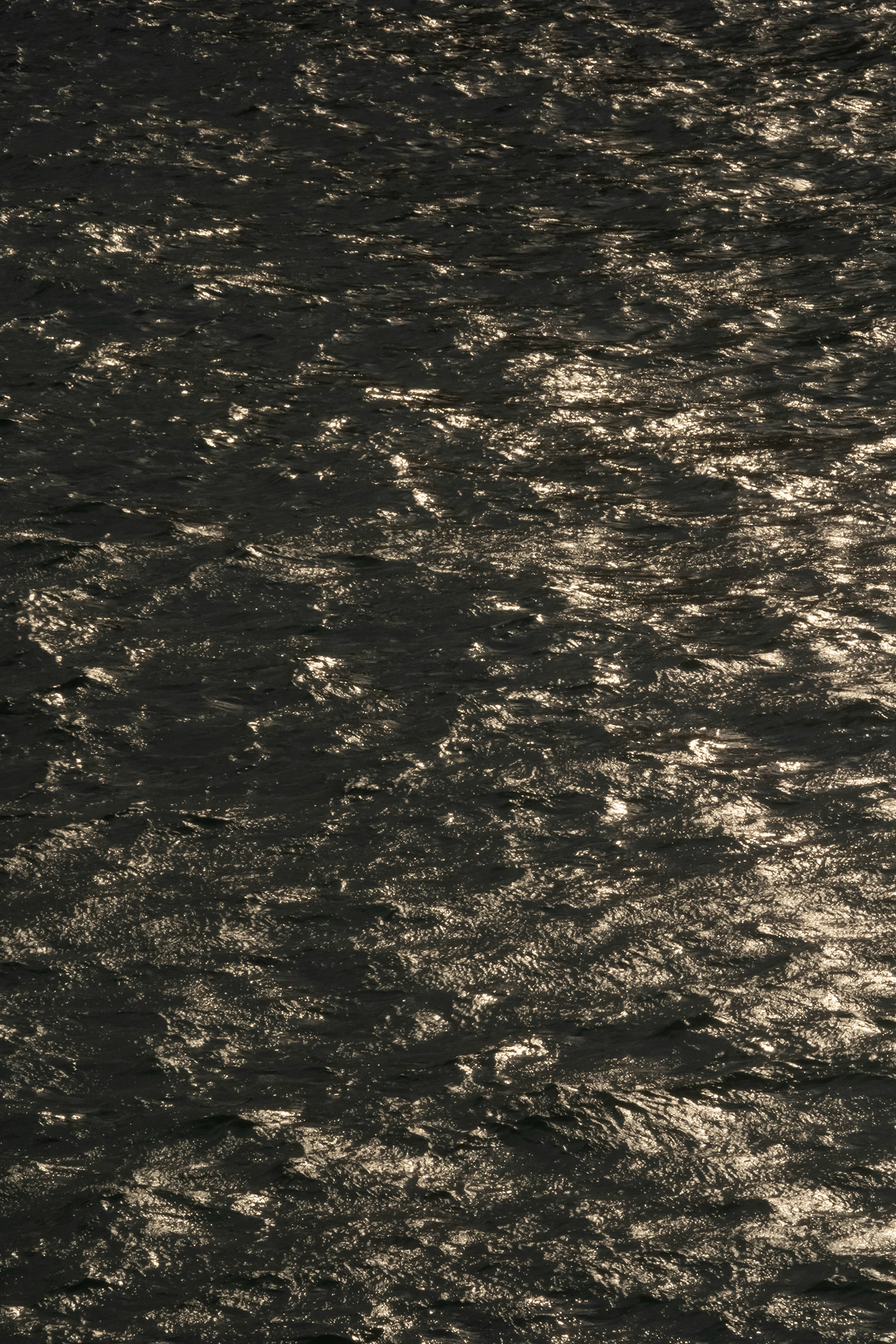
Jason Francisco / This photograph and the six above: the Old Venetian Harbor, Chania, looking east from my perch at Pension Theresa.
Jason Francisco
Chania, July 2023
In Turkey:
Probably Bahaettin Rahmi Bediz (1875-1951) / Family portrait, Chania (La Canée), Crete, early 20th century. Courtesy Mert Rüstem.
Probably Bahaettin Rahmi Bediz (1875-1951) / Old Venetian Harbor of Chania, early 20th century, Courtesy Manolis Manousakas.
Jason Francisco / Yiali Tzami in its current remnant form, Chania, Crete, 2023